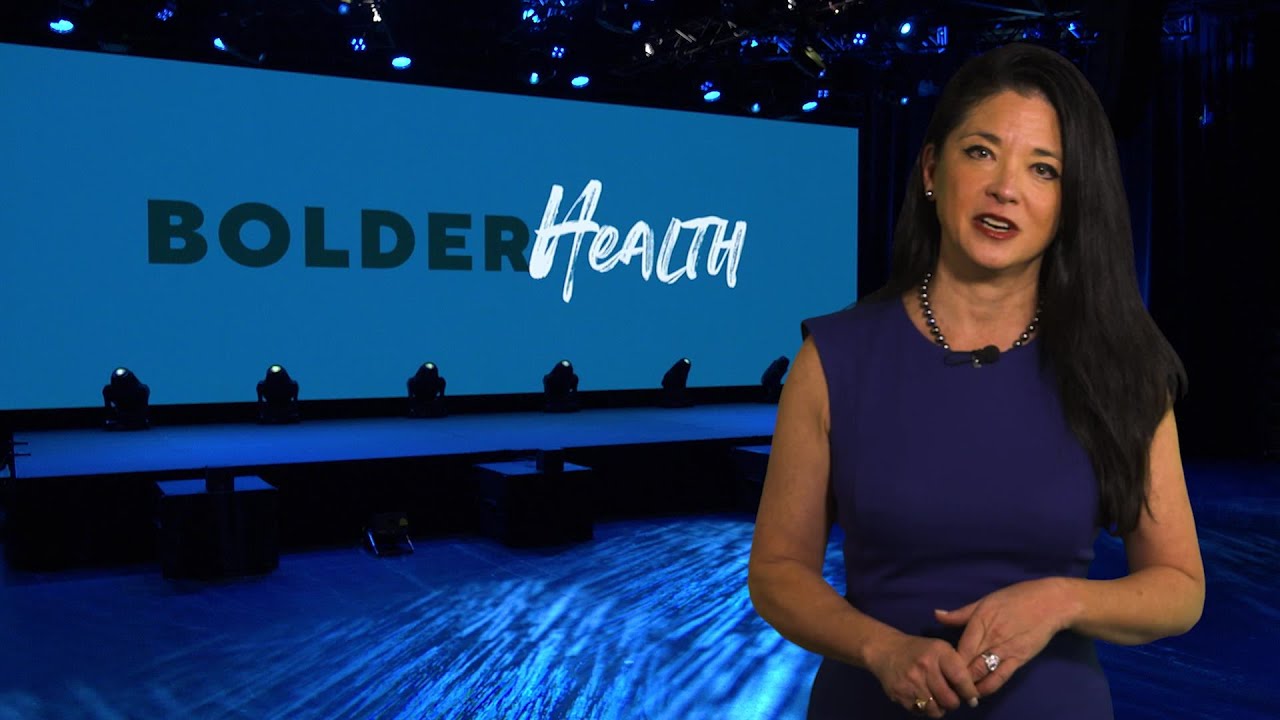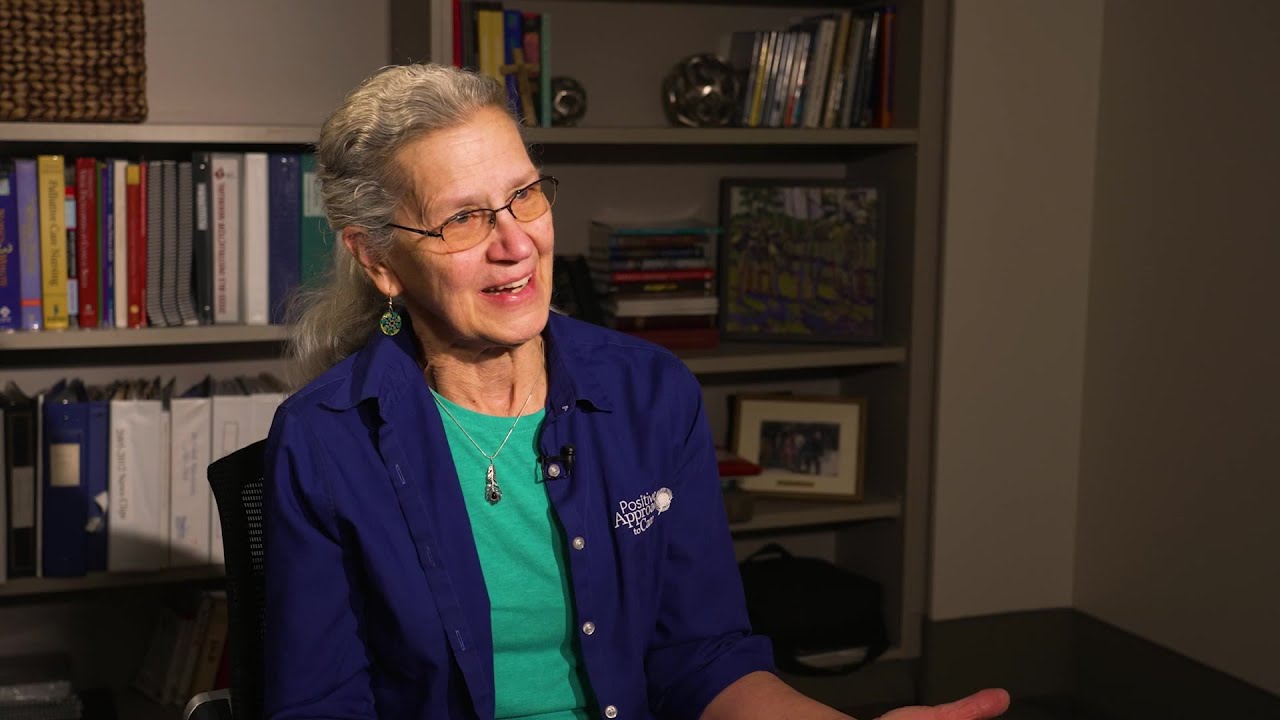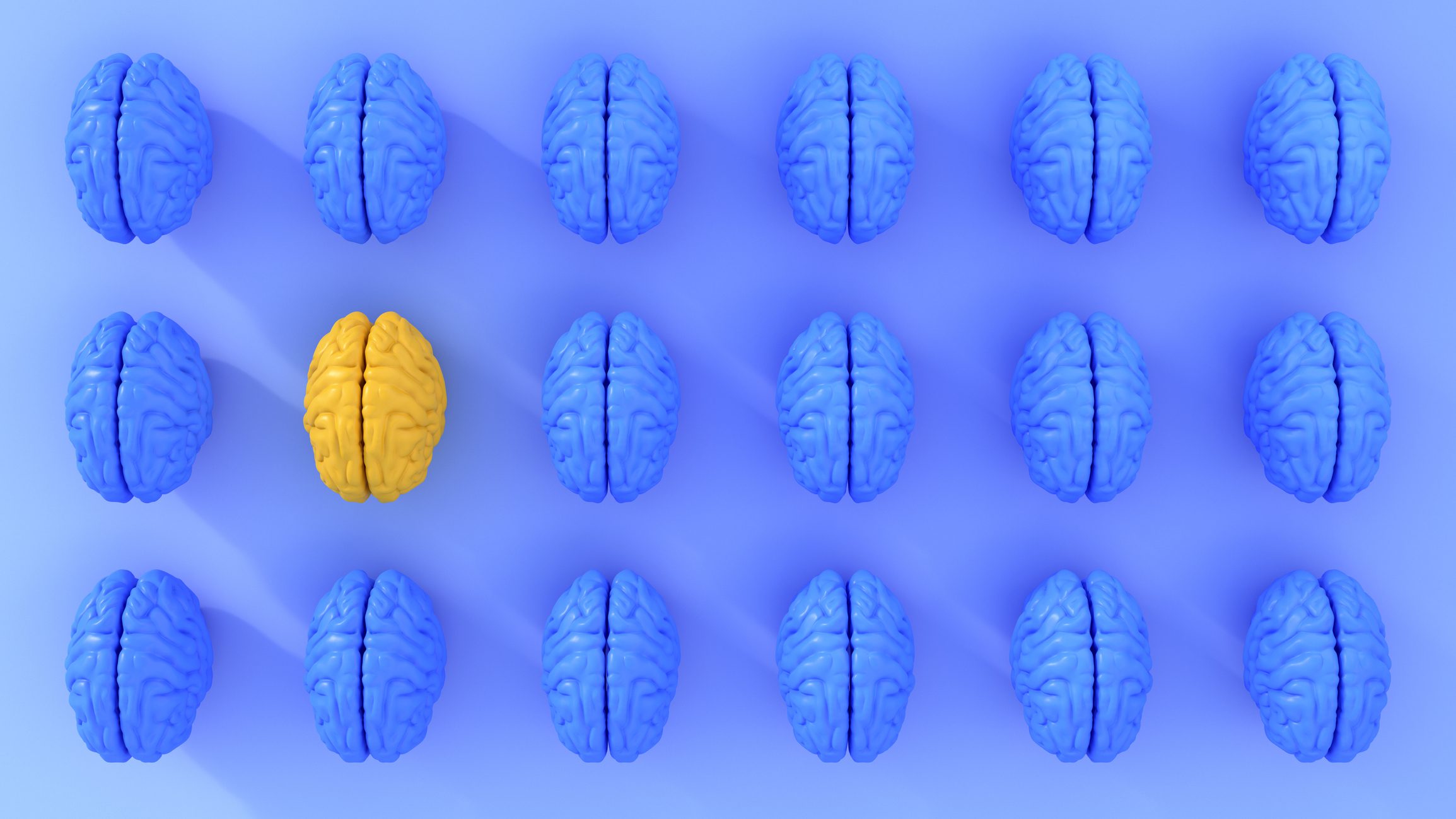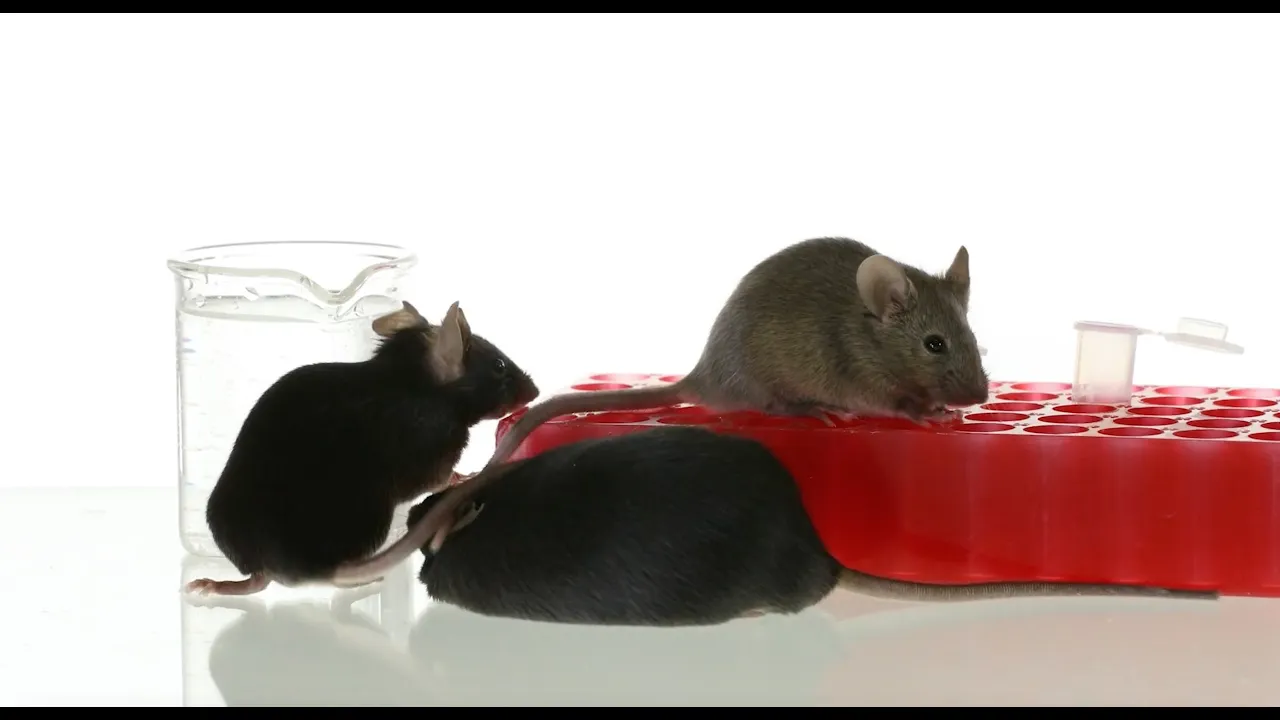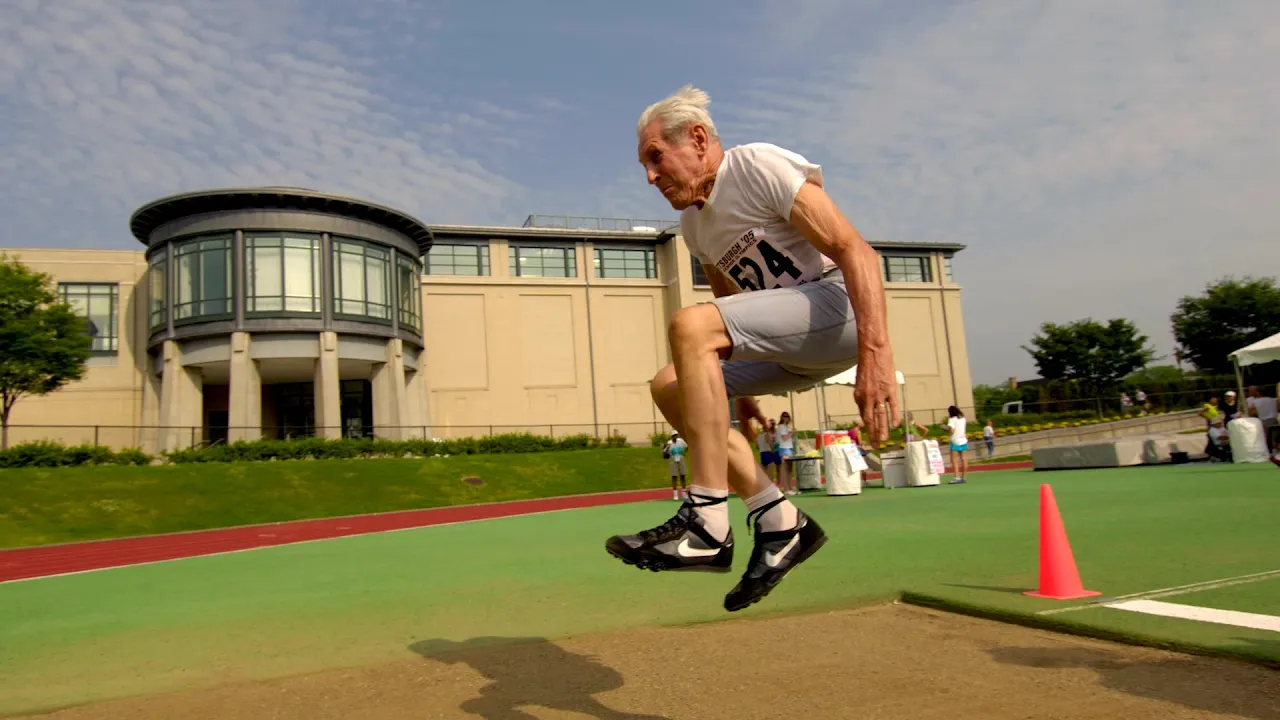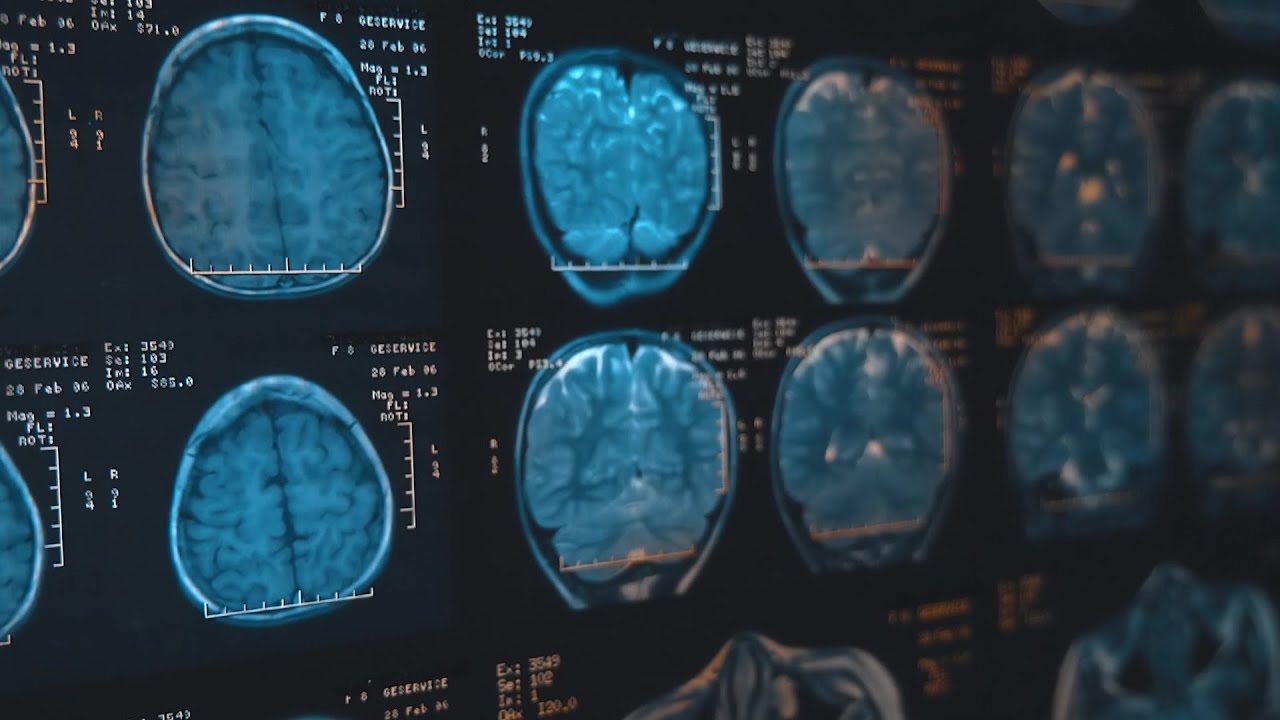Last Updated on June 19, 2023
There’s a growing fascination with longevity and with good reason. Most of us are going to be “old”, whatever that means, for a lot longer than our ancestors. Modern man has been on the planet for around 300,000 years and for 99% of that time the average life expectancy at birth was 19. In 1900 the life expectancy in the U.S. was just 49.
Today, the fastest-growing age group in the country is over 85. The number of nonagenarians, those in their 90s, will quadruple in the next 30 years and the number of centenarians will grow eightfold. A woman who is 65 today has a 1-in-4 chance of reaching 100 and a baby born today has a 50% chance of reaching 100. Welcome to the beginning of the longevity revolution.
While the opportunity exists to live longer than ever, U.S. life expectancy has declined three years in a row to just 76.4 years, according to recent data from the Centers for Disease Control and Prevention (CDC). That’s the shortest it has been in nearly two decades and the first time in over 100 years that it has declined for three consecutive years. The pandemic and drug overdoses, primarily from opioids, are two major factors in the decline but there is more. Access to quality health care in the U.S. is inequitable and contingent upon multiple social and economic factors. Not everyone has access to good food, clean air and water, and to the social determinants of health including education, neighborhood and physical environment, employment and social support.
“We have a wonderful sick care system but a very inadequate health care system,” said Asaf Bitton, a professor at Harvard Medical School. “Investing in people’s health shouldn’t be contingent until the moment that they drop in front of us, and we take them to the emergency department.” Michelle Williams, the dean of Harvard T.H. Chan School of Public Health agrees. “Although the U.S. is a leader in medical and health innovation, we emphasize rescue care, acute care at the expense of investing in, supporting, and enabling health promotion and disease prevention.”
While investment in health maintenance and disease prevention is limited, billions of research dollars are flowing into the science of longevity, or “geroscience,” to slow biological aging. Many so-called “immortalists” believe that science will one day “cure” aging and open the door to human immortality.
That notion seems ludicrous to most but there is growing consensus among geneticists and longevity scientists that it’s possible to have a “biological age,” the apparent age of our biochemistry, that differs from our “chronological age,” the number measured from our birth. That has deep-pocketed immortalists highly motivated to turn back and slow down their biological clocks in an effort to still be around when someone discovers their bridge to immortality. These efforts include research into, and in some cases self-experimentation with, stem cell transplants, designer drug cocktails, chemotherapeutics, cryotherapy, nanobot injections, cellular reprogramming, hyperbaric oxygen chambers, and transfusions of plasma from the blood of teenagers.
The promise of a pill or procedure that delivers active longevity is an intoxicating thought to anyone — especially a mostly sedentary, overweight population suffering from multiple chronic conditions. While it’s probable that life- lengthening genetic therapies will one day be available to those who can afford them, they will not, on their own, deliver active, healthy, and adventurous lives. These advances will simply provide the opportunity to live longer. No one, rich or poor, will ever age with robust vitality and an enviable quality of life without their own active participation.
Science might be the key to increasing our lifespan, but positive lifestyle modification is the key to increasing our healthspan. And, if you ask me, that’s all that really matters. Living to 100 or 120 or 140 is tremendously appealing but only with a quality of life that makes it enjoyable. If an extra 30 years only means an additional 30 years of disease and disability, I’ll take a hard pass.
But what if we can live well into our 100s and enjoy it? Better yet, what if we can live longer and die shorter? What if we can add 20 years to our life and reduce the period of decline at the end of it to just two months, two weeks, or even two days? The truth is that we already can. And we can do it without any scientific breakthroughs or genetic interventions. We’ve seen it in the dozens of active centenarians we’ve featured over the years. Men and women who are, or were, still living alone, competing in masters sports, traveling with family and friends, working in the office and out in the yard. They’re painting, dancing, blogging, laughing and loving. How have they done it? In a word, lifestyle.
Our lifestyle and not our genes is the No. 1 determinant of how we age. Lifestyle accounts for 75-80% of our longevity while genes account for only 20-25%. The longevity lifestyle is no secret. It’s pretty much what mom said. Eat well, sleep well, exercise, don’t smoke, reduce stress, and have good friends — but don’t clean your plate. Mom was wrong on that one. We are a nation of overeaters and extra weight does not lead to extra years. Mom also neglected to mention the No. 1 lifestyle determinant for how we age.
Mark Twain’s quote is an important reminder that our mindset is the most important factor in how we age. As important as diet, exercise, and socialization are, our belief system about aging is even more important. Multiple studies have shown that those with a positive view of aging live seven and a half years longer than those with a negative view. And they don’t just live longer, they live better. They’re happier and healthier.
Having a positive view of aging is a challenge in a culture that is overtly ageist. We’ve been conditioned to believe that aging is something to be feared and regretted — not something to be celebrated and grateful for. We’ve been bombarded with multiple studies that reveal a steady decline in our overall health accompanied by a dramatic loss of muscle mass, bone density and cardiovascular fitness. We’ve been told that we’ll lose speed, strength, flexibility, and cognitive abilities at a fixed and immutable rate. What the mind believes, the body embraces.
The problem with those studies, the data they collected and the conclusions they drew, is that they were done on sedentary adults. The rapidly increasing number of active adults, especially masters athletes, has provided an entirely new test group and we’re now learning that physical and cognitive decline is not a given. In many cases, men and women are gaining strength, bone density, and energy as they age. They’re overcoming the challenges of aging and continuing to live with passion and purpose. And they’re doing it all without any expensive, experimental, and unproven high-tech interventions. They’re doing it the old-fashioned way. They’re earning it through vigorous exercise, healthy eating, regular sleep, social engagement, and the understanding that more is possible than we’ve been led to believe.
Positive lifestyle modification is the key to reducing our reliance on the U.S. “sickcare system” and the key to leveraging whatever developments geroscience might produce.
The potential for science and technology-based life extension is exciting but it is still decades away at best and will be outrageously expensive if and when it does arrive. The dramatic results of positive lifestyle modification are here today and are available to all.
Who is your primary care provider? You are. Who holds the key to active longevity? You do. Who should engage in positive lifestyle modification? You should. When should you begin? Today.
This article is featured in the Summer 2023 issue of The Growing Bolder Digital Digest.



